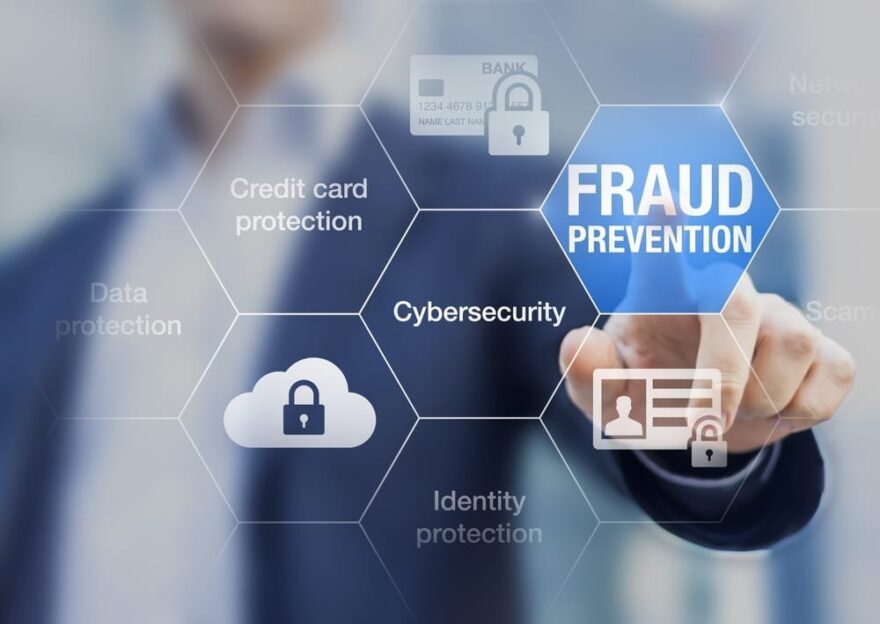Intensifying regulatory pressure across industries in 2024–2025 has reshaped expectations for senior leaders.
Executives now guide organizations through fast-moving oversight, heightened scrutiny, and rising stakeholder expectations.
Today, we will talk about how leadership responds to shifting rules, rising complexity, and operational demands linked to compliance and risk.
Regulatory Environment in 2025 and Next Steps

An accelerated cycle of regulatory change in 2025 places senior leaders under constant pressure to adapt quickly.
Increasing scrutiny, fast updates, and wider cross-sector application of rules demand structured governance and consistent oversight.
A broader view is needed before diving into specific expectations shaping compliance in the current cycle.
New and Expanding Regulations
A growing mix of EU, global, and industry-specific rules pushes organizations to redesign governance models and strengthen accountability.
Expanding frameworks emphasize transparency, oversight, and decision traceability across all senior functions.
Below is an extended breakdown of regulatory pressures shaping executive responsibilities:
- SEAR heightens personal accountability and requires clear documentation of duties.
- MiCAR expands oversight across crypto-assets and calls for responsible conduct in digital markets.
- DORA drives operational resilience expectations and sets standards for testing, technology management, and third-party oversight.
- CSRD and SFDR demand structured sustainability reporting and transparent disclosures on risks and internal processes.
- ESG, DEI, and AI governance models referenced by VComply introduce expectations around data ethics, fairness, and responsible algorithm deployment.
Scenario-based requirements linked to NIS2 and DORA, highlighted by iluminr, encourage regular validation of resilience measures rather than periodic review cycles.
Key Trends Shaping Compliance Efforts
A shift in supervisory approaches pushes leaders to rethink how compliance is executed.
Greater immediacy, broader market coverage, and a stronger preventive mindset influence how organizations prepare for reviews and enforcement.
Key trends influencing compliance demands include:
- Real-time supervisory action replacing slower audit cycles.
- Cross-sector oversight closing gaps around crypto, real estate, and emerging digital activities.
- Growing pressure on leaders to build preventive compliance cultures focused on early detection, not after-the-fact correction.
Strategic Responses from Senior Leadership

A coordinated leadership approach is essential. Strengthening culture, improving preparedness, and using technology effectively helps organizations stay ahead of regulatory expectations.
Embedding Compliance into Strategy and Culture
Compliance becomes most effective when it is integrated into daily behavior rather than viewed as a standalone requirement.
Leadership must reinforce long-term expectations across teams and align compliance goals with enterprise priorities. Sources like the Ned Capital Blog provide Non-Executive Directors and senior leaders with practical insights into aligning board-level governance with fast-moving regulatory and market changes.
Key actions often adopted by senior roles include:
- Setting explicit expectations for ethical conduct and transparent reporting.
- Linking compliance to sustainability and business growth objectives.
- Reinforcing accountability in performance evaluations and strategic planning.
Implementing Scalable Resilience Programs
Preparedness becomes a continuous cycle rather than an annual activity.
Modern resilience programs rely on tools that deliver frequent and targeted scenario exercises.
Microsimulation tools help by offering:
- Role-specific crisis experiences.
- Practical exposure to regulatory expectations.
- Better alignment between board-level strategy and operational behavior.
Leveraging Technology for Real-Time Visibility

Automation reshapes compliance workflows and reduces manual burden.
Leaders increasingly favor platforms that deliver immediate insight into risk levels.
Key technology-enabled practices include:
- Automated GRC platforms such as VComply for centralizing controls and oversight.
- AI-driven monitoring systems for risk modeling and fraud detection.
- Real-time dashboards that allow executives to act quickly when issues arise.
Leading with Agility and Preparedness
Agility becomes essential as regulatory and geopolitical conditions change rapidly.
Leadership must enable flexible structures that allow fast response without confusion.
Agile leadership often involves:
- Routine scenario planning across political, digital, and reputational risk categories.
- Clear delegation of crisis and compliance responsibilities.
- Rapid-response teams that collaborate across departments with aligned communication channels.
Core Challenges Faced by Senior Roles

Senior leaders face a series of structural and operational challenges driven by rising complexity.
Expanded requirements, talent shortages, and rapid technological change create a demanding environment that requires active leadership intervention.
Accountability and Role Definition
Personal accountability has intensified significantly, leaving executives with little room for ambiguity.
Clear documentation and transparent decision records are now essential leadership responsibilities.
As a result, leaders must focus on:
- Mapping responsibilities with explicit clarity.
- Designing decision-making frameworks with traceability.
- Ensuring governance structures support oversight and regulatory expectations.
Talent and Skill Gaps
A surge in specialized regulatory requirements drives an urgent need for new competencies inside risk and compliance teams.
Shortages in key skills create pressure on senior roles to reevaluate workforce strategies.
Critical skills currently in short supply include:
- ESG reporting and sustainability analysis.
- IT risk and cybersecurity knowledge.
- Crypto-compliance, token oversight, and digital asset controls.
- Operational resilience and crisis readiness specializations.
Leaders often respond by recruiting new expertise, elevating internal talent, or reshaping team structures.
Scalability of Crisis and Compliance Exercises

Large enterprises require training and preparedness exercises that keep pace with regulatory expectations.
Traditional tabletop simulations struggle to cover global teams or complex operations.
Microsimulation programs promoted by iluminr now play a major role because they offer:
- Scalable delivery across multiple departments.
- Short scenario cycles that replicate real pressures.
- High engagement during crisis and compliance validation sessions.
Technological Disruption and AI Risks
Rapid advances in AI introduce new governance demands.
Senior roles set the tone for responsible use and must ensure compliance with emerging rules governing fairness, transparency, and data integrity.
Key leadership responsibilities include:
- Embedding AI ethics and oversight protocols.
- Ensuring documented controls around bias and model behavior.
- Aligning AI deployment with regulatory frameworks promoted through platforms such as VComply.
Geopolitical and Market Volatility
Fast shifts in global trade, sanctions, and supply chain conditions shape regulatory risk profiles.
Leadership must respond quickly to external changes that influence compliance thresholds.
Challenges driven by geopolitical volatility include:
- Sudden sanctions requiring immediate operational changes.
- Tariff changes affecting supplier alignment and regional exposure.
- Rising supply chain risks forcing rapid reassessments of compliance obligations.
Financial Crime and Evolving Fraud Schemes

Financial crime trends move faster than traditional control frameworks. Expanding AML rules extend oversight into new sectors with limited historical preparation.
Key threats senior leaders must address include:
- Crypto fraud enabled by fast-moving digital markets.
- Deepfake-based impersonation attacks.
- High-speed financial scams that bypass slower legacy controls.
Summary
Regulatory pressure has shifted into a structural force shaping modern leadership.
Executives succeed by embedding compliance into strategy, reinforcing governance programs, and equipping teams with advanced tools and training.
Investment in forward-looking risk capabilities ensures organizations remain adaptive, credible, and ready for future demands.






